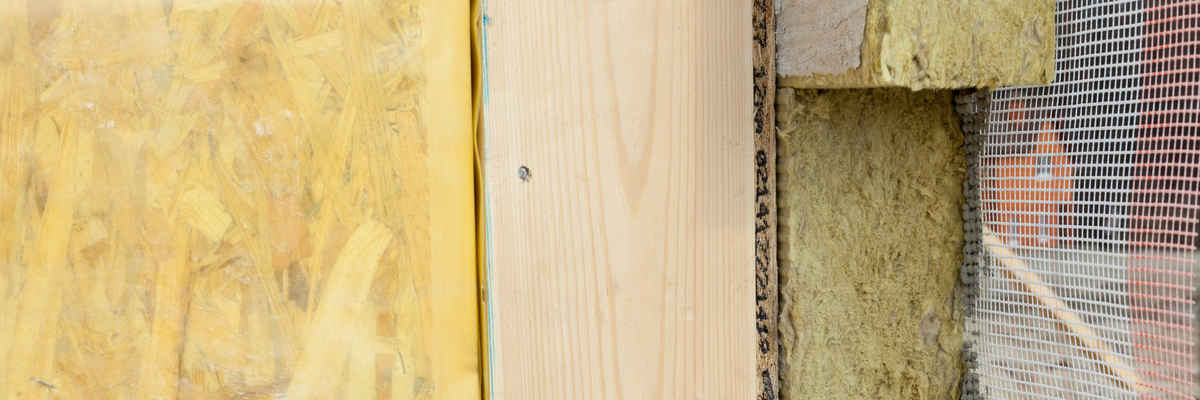What are the benefits of fiberglass batts insulation?
The benefits of fiberglass batts insulation include:
-It is environmentally friendly because it doesn't release any gaseous substances in the air, such as many other kinds of insulation that contain formaldehyde and VOCs.
-Insulation value similar to that provided by fiberglass blankets or rolls, which means you get good thermal performance (keeps the heat in)
-Light weight which makes it easy to install. The batt itself can be installed using a standard nailing gun with nails designed for use with drywall. -Extremely durable; one square foot of material can withstand 200 years of wear and tear and resists wavelike motion due to earthquakes and tornados
-Free from asbestos/ cadmium and fiberglass batts insulation is formulated for use in homes, not governed by EPA regulations as fiberglass blankets are
-Has a low initial cost. One pound of fiberglass has an insulation value equivalent to 2 pounds of fiberglass blanket (two to three times more expensive), and the batt can be compressed into tighter spaces than fiberglass that is rolled or blanket form
-Batts do not need to be covered with sheetrock after installation because fiber glass does not prevent airflow like other materials such as foam board insulation.
-Easy to install, lightweight and fast - making it suitable for larger areas and applications requiring high labor productivity. Also available pre-cut for standard sized joists and studs.
The fiberglass batts insulation is fiber glass fiber, the size of the fiber is 0.5 microns and 10 microns, made by fiber breaking process or fiber line process. The fiberglass batts insulation contains no formaldehyde added at all, it has good sound absorption performance, strong adhesion and easy to install and 100% recyclable.
Fiberglass batts insulation price come mainly from fiber glass fiber cotton prices and market protection. If you need more information about the fiberglass batts insulation, please contact us.
Call Now - (707) 562-0911
Get Your Free Quote!

How does fiberglass batts insulation work?
Fiberglass batts insulation is typically made of an inorganic, crystalline mineral that has been formed into fluffy wisps of fibers. These fibers make a great insulator because they are an excellent "dead air space," which is a by-product of how they are constructed.
The inorganic fiber form provides three things for the installer: an insulation material with effectiveness depending on the thickness, skin effects when used with radiant barriers, and high R values when used for cavity fill. The loose nature also allows it to better conform to shapes created from existing irregular building gutters or seams, such as scissor trusses or cathedral ceilings. In its virgin state, fiberglass is not known at all to be an effective insulator. In fact, fiberglass is a fiber that is created from melted glass.
After melting the glass it must be blown by air pressure to produce long fiber strands. As these strands cool they usually retain a slightly curved configuration as opposed to being completely straight and parallel with one another. This curvature can have a large effect on the material's effectiveness as insulation because it create dead air spaces within its fiber matrix
In order for fiberglass batts insulation to have high R values, it must be installed in such a way as to fill those curved "dead air" pockets as much as possible. Without this step fiberglass will not perform as well and may cause drafts of cold or hot air depending on how many air pockets are left unfilled
For fiberglass batts insulation to be most effective, the fiber strands must all be kept together in a tidy fashion. If they become loose within the cavity this decreases fiberglass efficiency because heat will travel along fiber strands just as electricity travels down wires with little resistance. However if fiber is tightly packed together, its strands resist flowing around each other and can more effectively stop airflow
Continual compression during installation of fiberglass batts insulation only improves the effectiveness of fiber insulation by creating tighter grouping for better dead air space filling.
Call Us Now - (707) 562-0911
